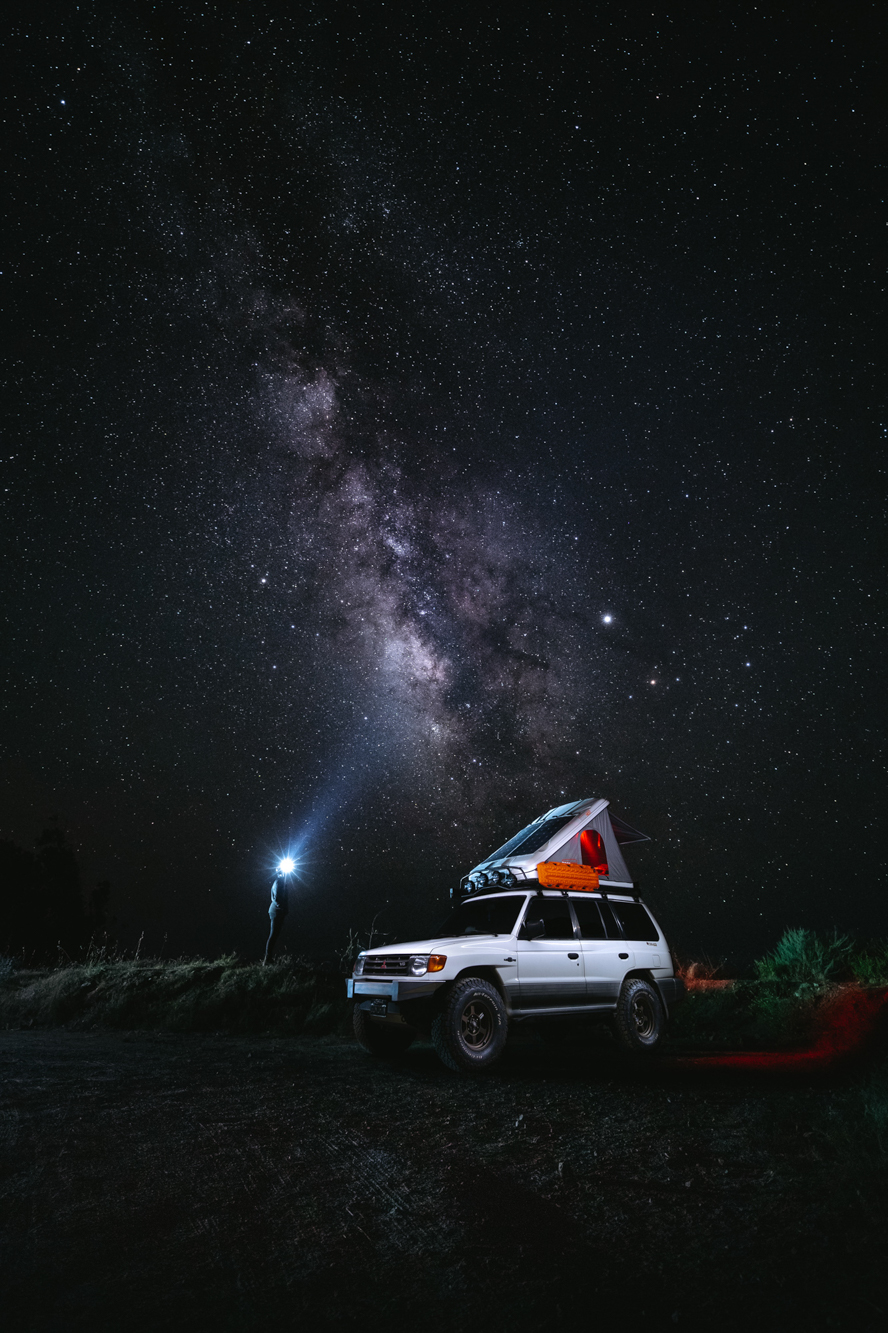From a not too distant past, the definition of “home” was as concrete as its foundation. It was a solidly built place with four walls, a roof, and was permanently placed onto a chosen piece of land. Fast forward to more recent times, and that definition has completely changed, taking on a much more metaphysical meaning. We’re now constantly bombarded with phrases on social media like home is where the heart is; home is not a place, it’s a feeling; home is where you make it; or the most contemporary of these sayings, home is where the van is.
This modern take of a place of residence has permeated through all walks of life. It hits *ahem* home to those of us that choose the road as our habitat. This is especially true for those of us that choose to do so with the rooftop tent as our main piece of living space.
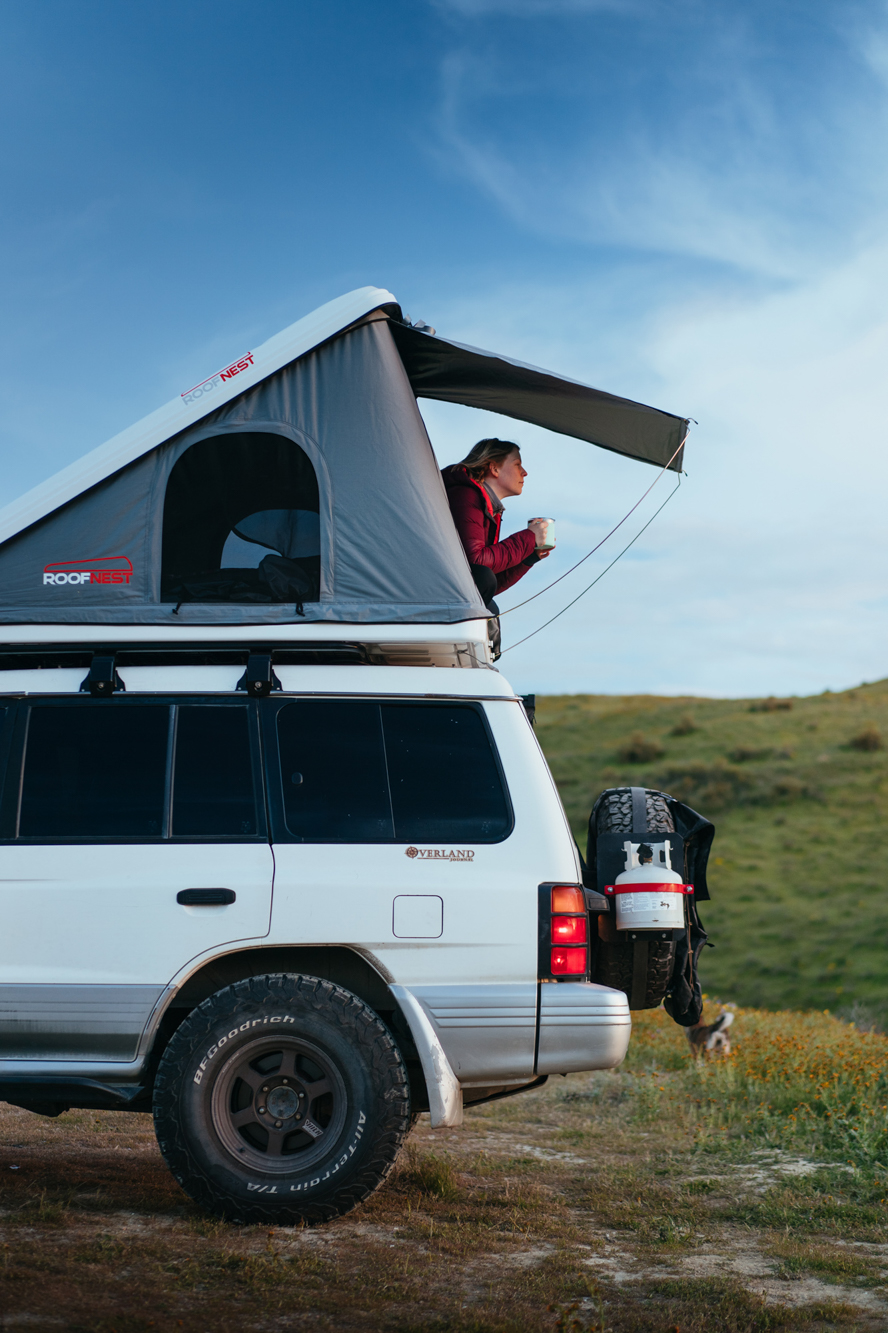
The soft-shell rooftop tent has become ubiquitous to the hardcore we-haven’t-showered-in-forever-because-we’re-in-the-saltflats-of-Botswana overlanders to the casual weekend camper. The selling point these tents is simple: roll up to camp, fold out your tent in a few minutes, and don’t get eaten by big game since you’re off the ground. The reality of these soft tents is a much harder mistress. Setup takes somewhere between 10 and 15 minutes with teardowns running a little longer. Add that to an everyday-a-new-campsite kind of exploratory travel, and by the fourth or fifth night, the constant fold-out and refolding gets old very quickly.
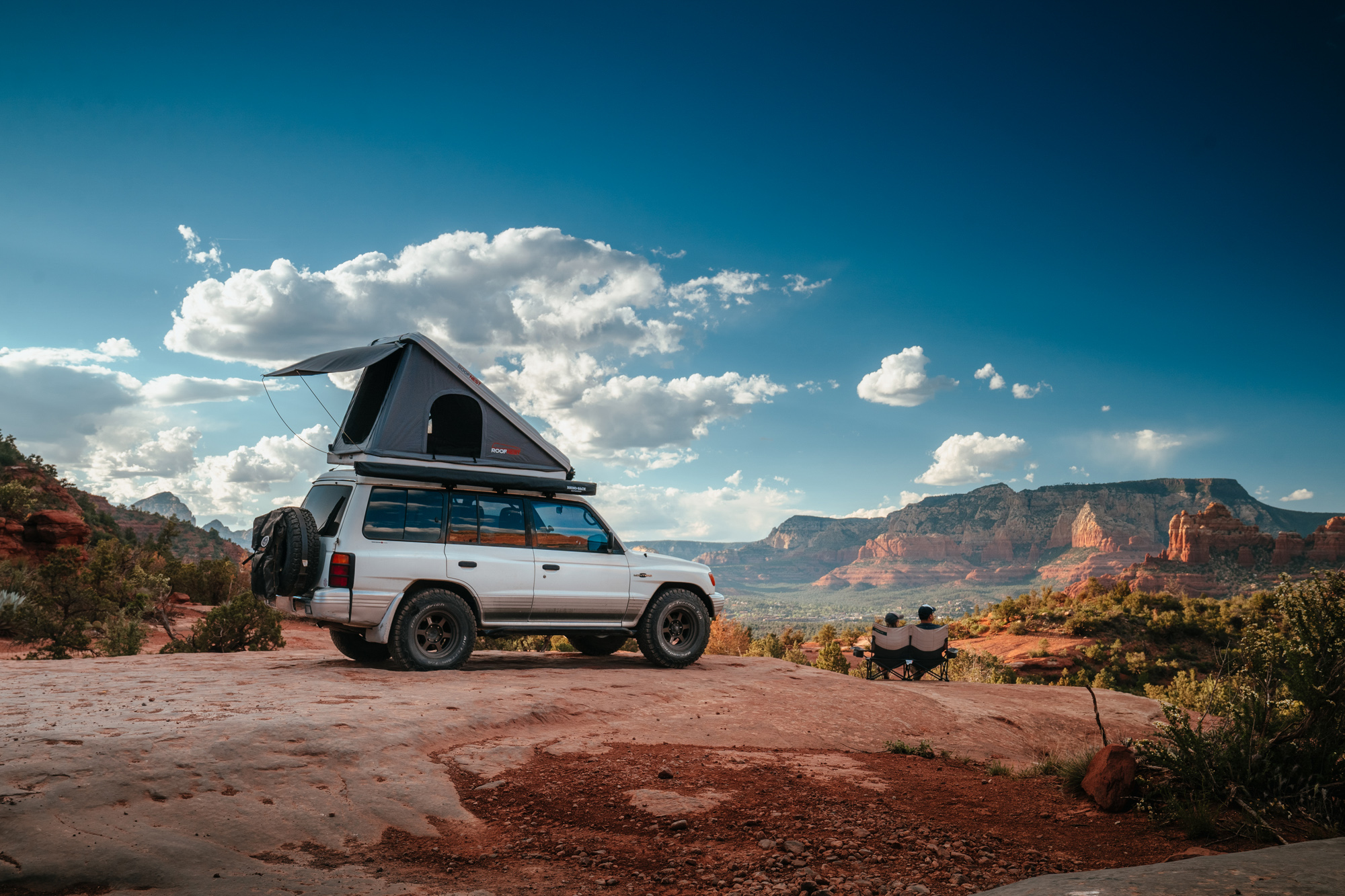
Enter the hardtop rooftop tent. It’s not a new concept by any measure. But, it’s popularity is on the rise for those looking to make camp setup as quick and painless as possible. I’ll freely admit it. I’m one of those people. My partner, Karissa, and I put in more than a hundred nights in our soft-shell rooftop tent over three years. Toward the tail end of our ownership of said rooftop tent, we audibly groaned whenever we rolled up to a campsite because of the dreaded setup time.
We just recently took delivery of the Roofnest Sparrow Eye. Since then, we’ve put in more than 40 nights in five months. It’s one of many hardtop rooftop tents now available on the market.
To read more about whether soft-shell or hard-shell tents are better, check out our full comparison.
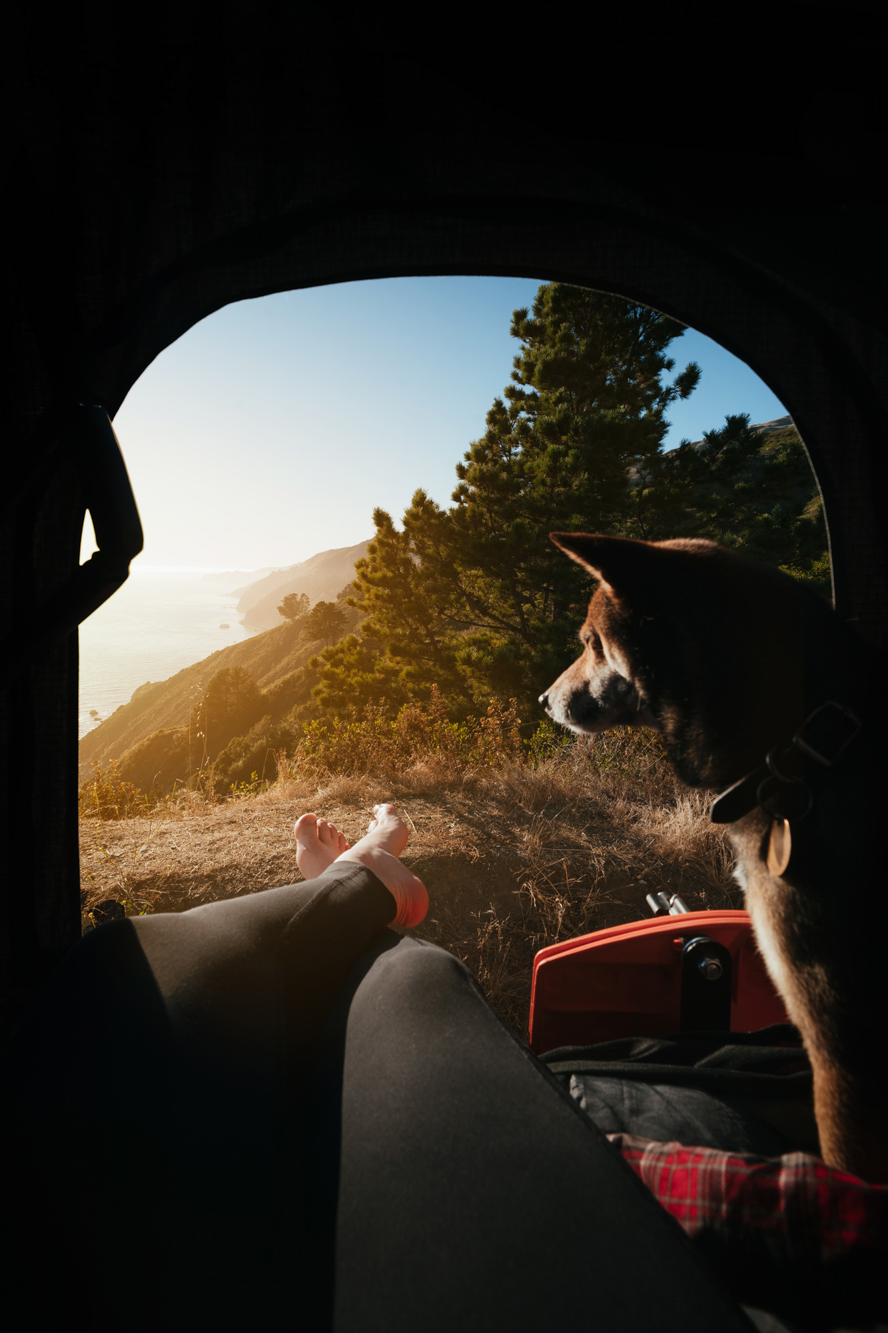
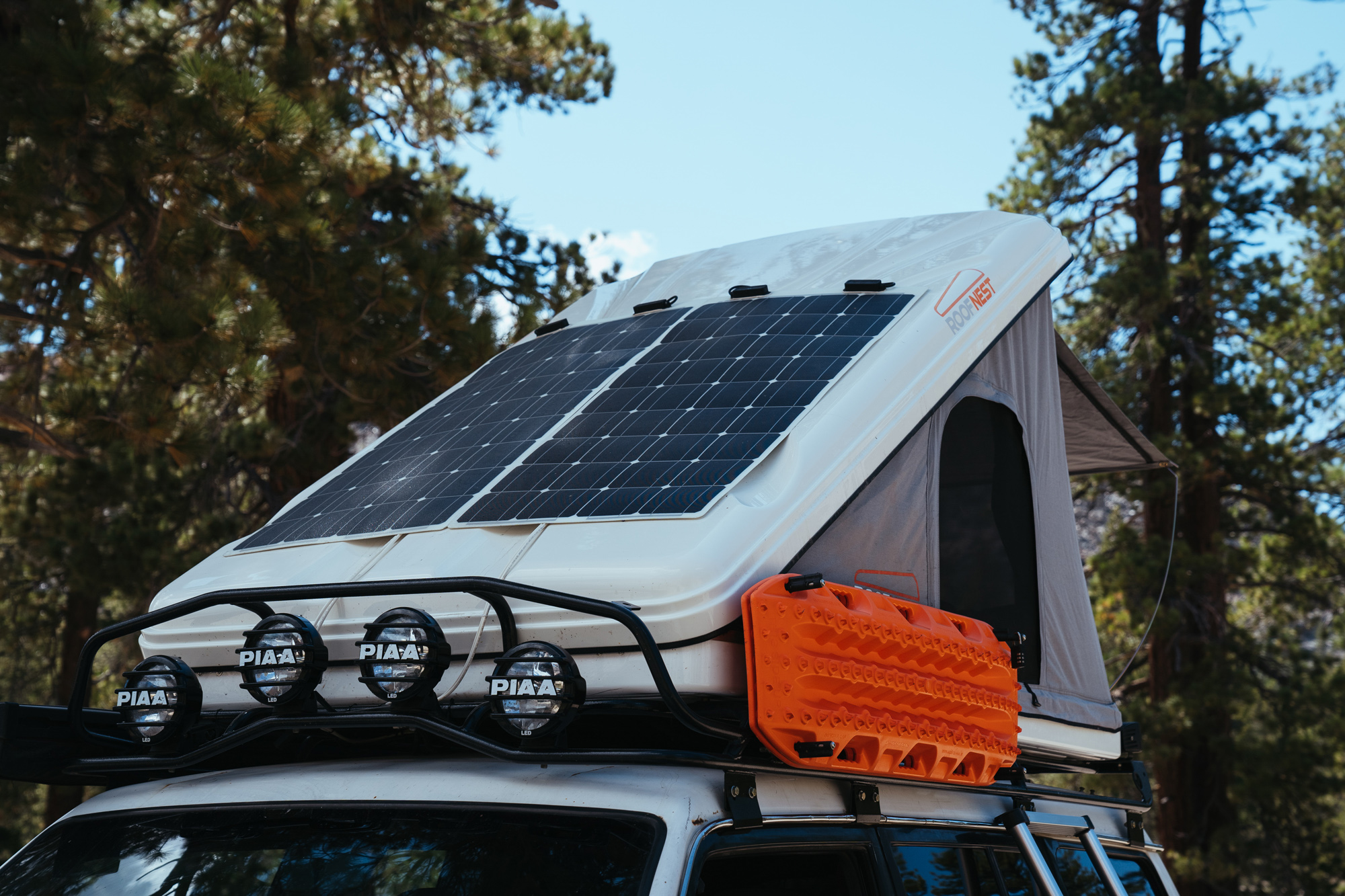
When we were shopping around for a hardtop tent, we went into it with our nights of experience. We wanted a clamshell tent (not those that deploy straight up and have four soft walls). This directive came from all those nights we slept in extremely windy camp spots with the wind buffering every soft piece of tent as if it was actually in our ear. Sound sleeping was a mere fantasy for those gusty nights. We wanted a built-in awning to shield us from the sun and rain. And finally, we wanted a price tag that was reasonable for its feature list. We weren’t looking for the perfect tent, just one that fit our budget and lifestyle the best. Luckily, the Sparrow Eye checked all those boxes.
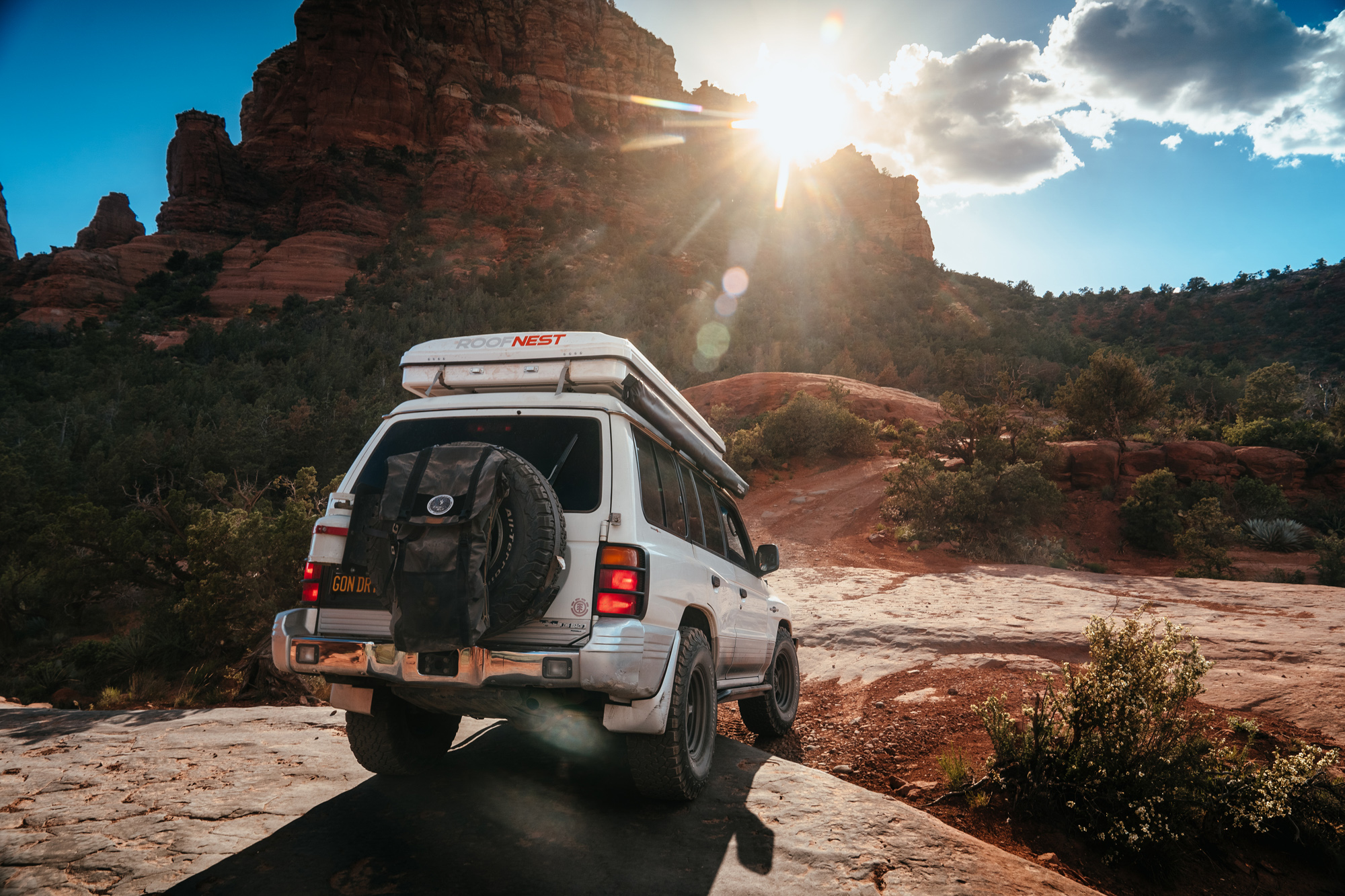
What We Liked
The bed. Oh, the bed. There are nights where we slip into camp far too late and crawl into the tent. The moment we laid down, a sigh of complete pleasure would resound from the both of us. The Sparrow Eye comes with a 3-inch mattress as well as an anti-condensation mat below which adds 1 centimeter of cushion. The mattress itself is soft, yet with a hint of roughness that comes with a camping product. But the anti-condensation mat wipes away all of those rough edges, replacing it with a soft pillowy cloud of middle-of-nowhere luxuriousness.
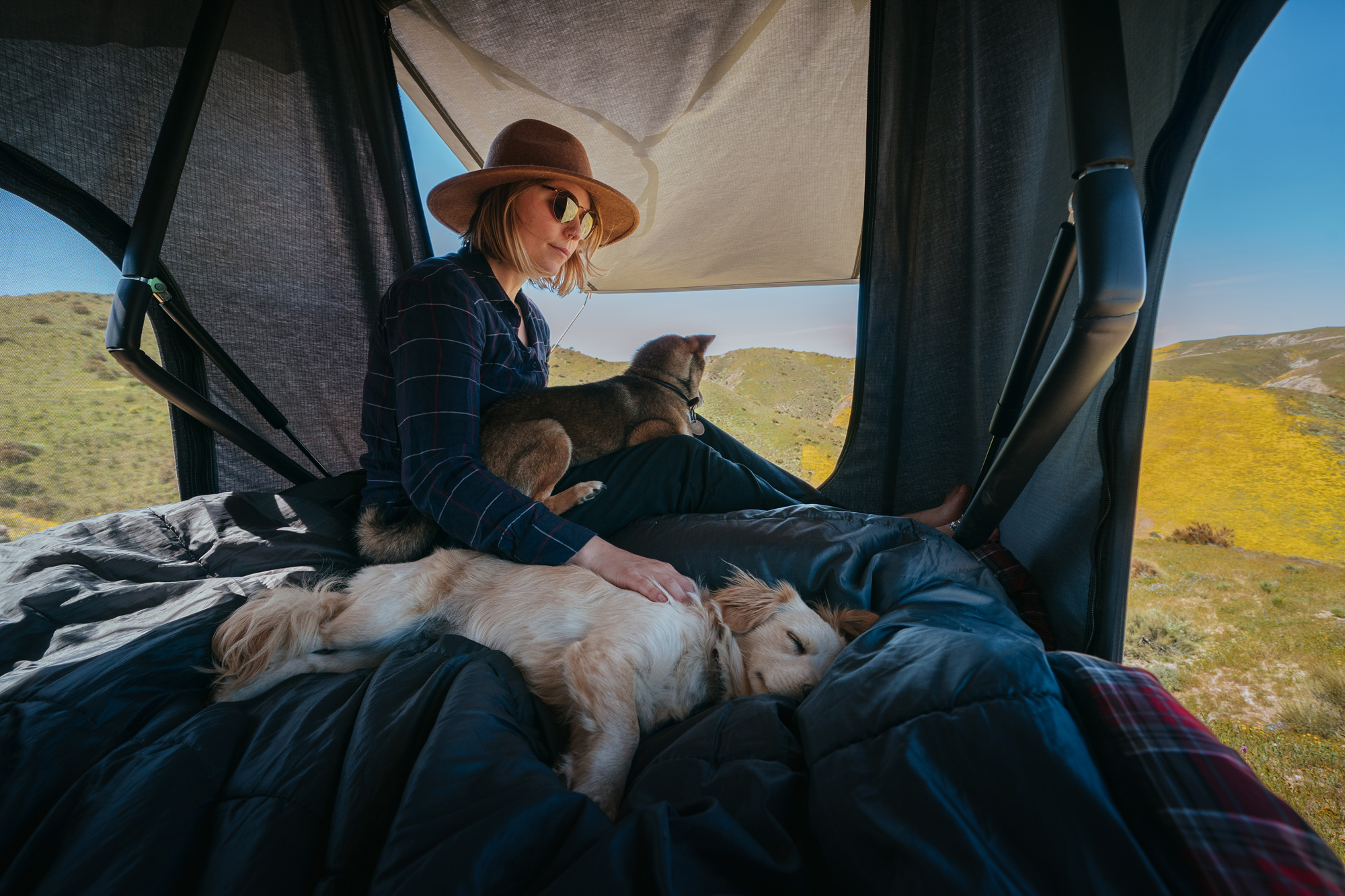
You know those mornings you wake up with the sun up, yet, it’s only 7:00 a.m.? But the inside of your soft tent starts baking you far past brownie-corner crispy? Those mornings are no more with the ABS-fiberglass shell with a quilted semi-insulated interior of the roof section. If you take the time and effort at night to point the clamshell wedge toward where the sun will rise in the morning, those sauna mornings are no more. The roof is also great at keeping in warmth when it’s cold outside.
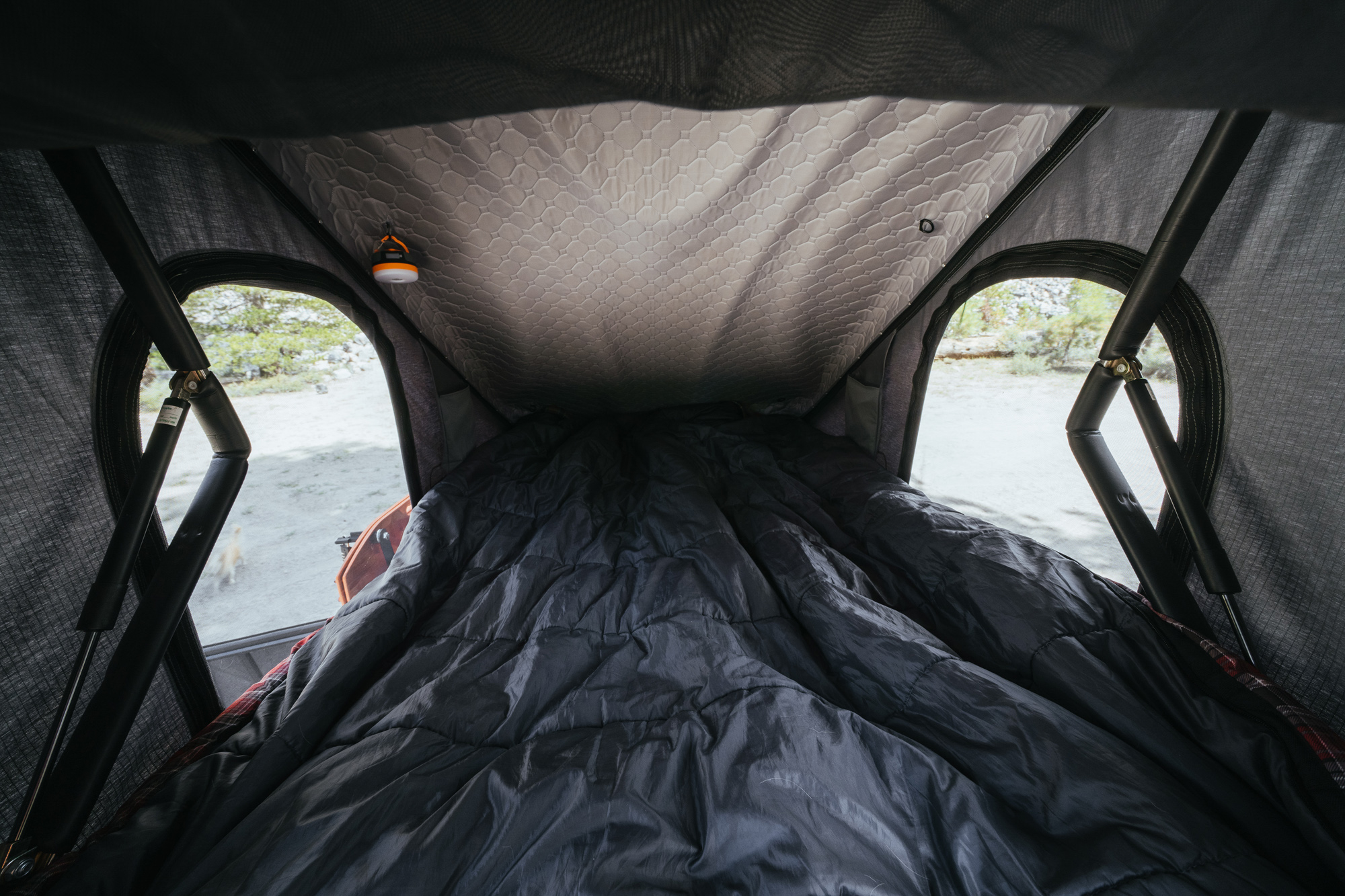
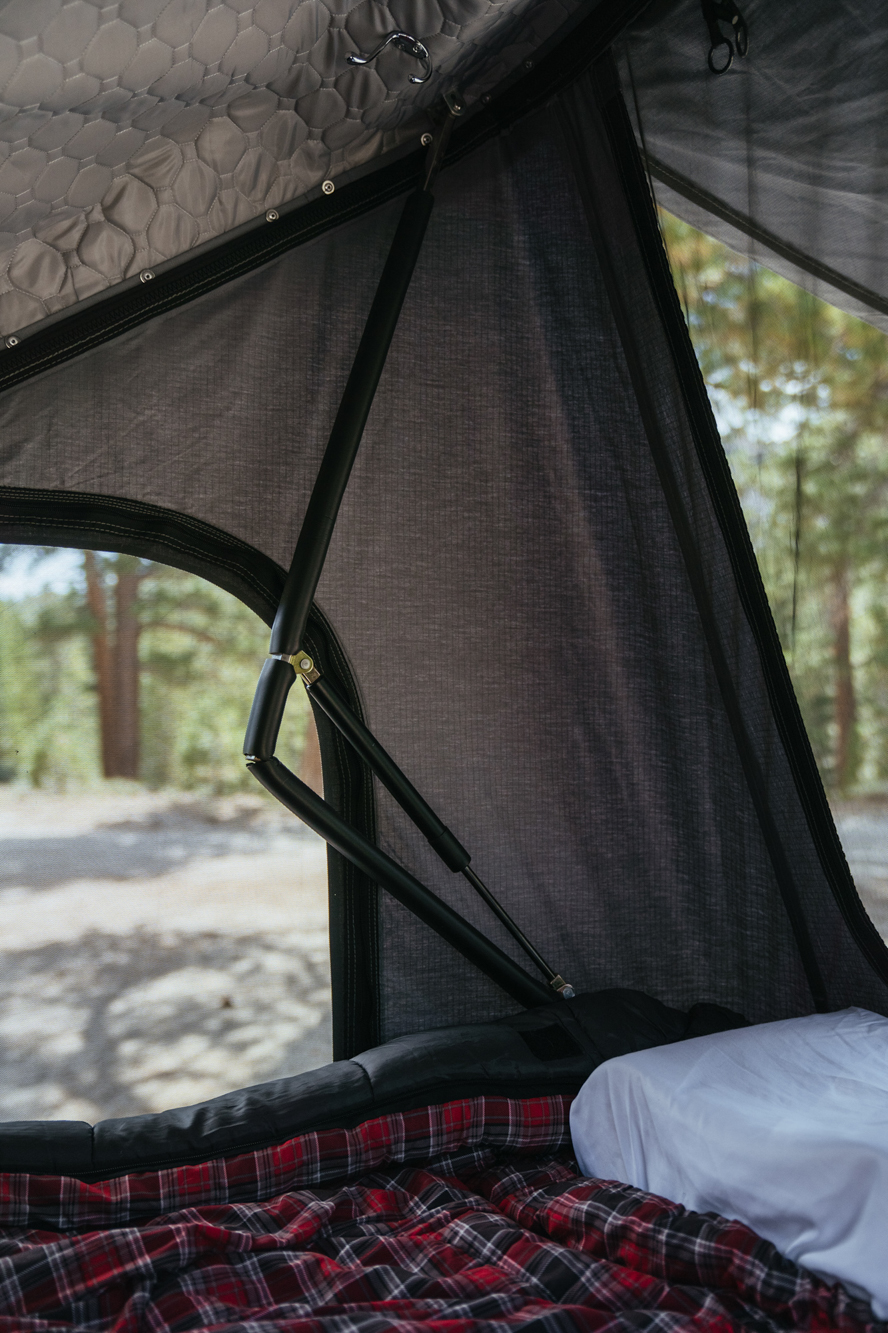
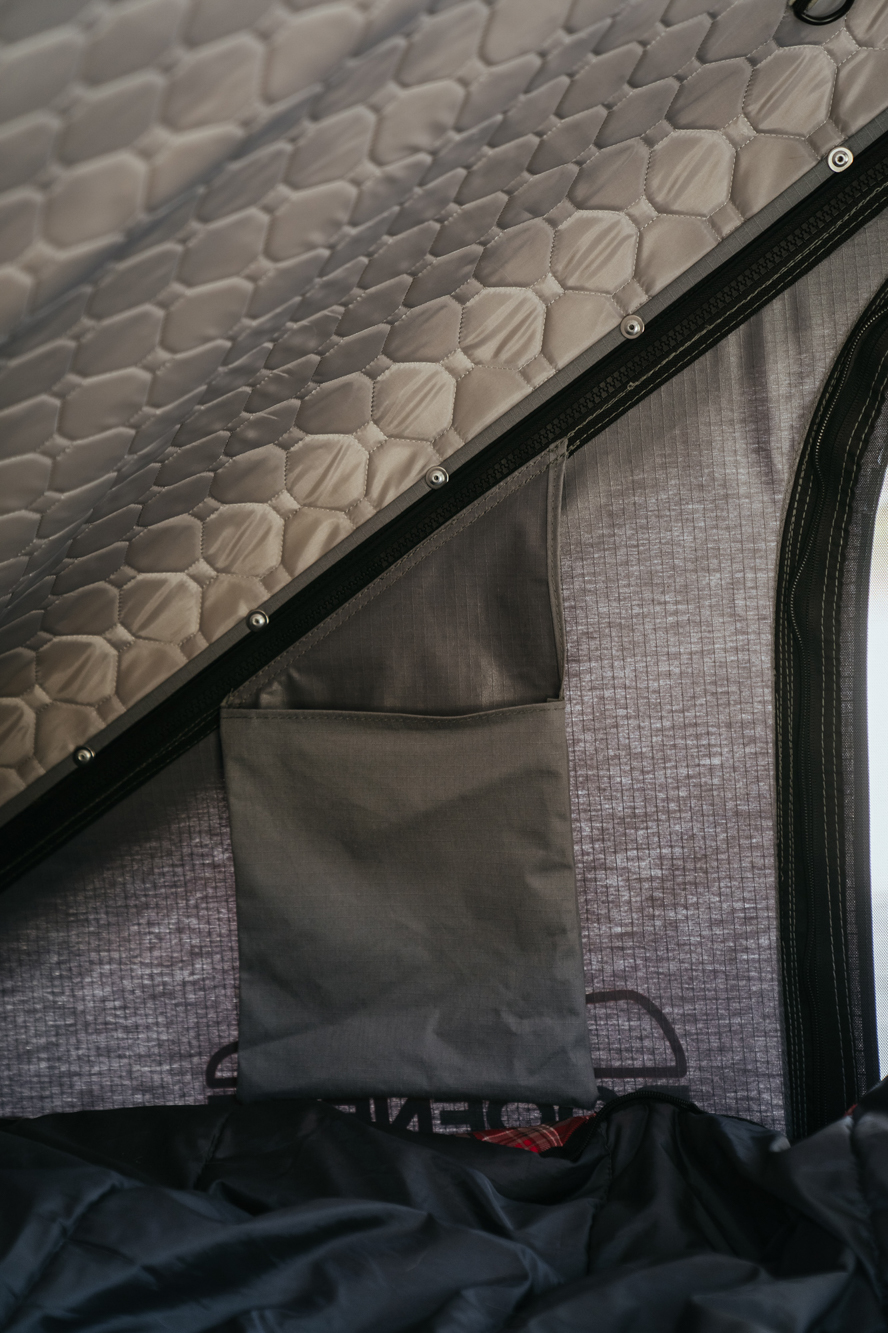
The two side windows have mesh as well as a weather layer that you can zip up from the inside. We each have our ambient sleeping temperature and regulating the window opening to your liking goes a long way.
We absolutely love that the tent takes no more than 30 seconds to deploy, and just under two minutes to pack it all up (three to four minutes if you haven’t had your morning coffee yet). There’s no groaning when we roll up to camp late. The comfortable bed coupled with the insanely quick setup are perks enough to warrant putting your hard-earned cash down for it.
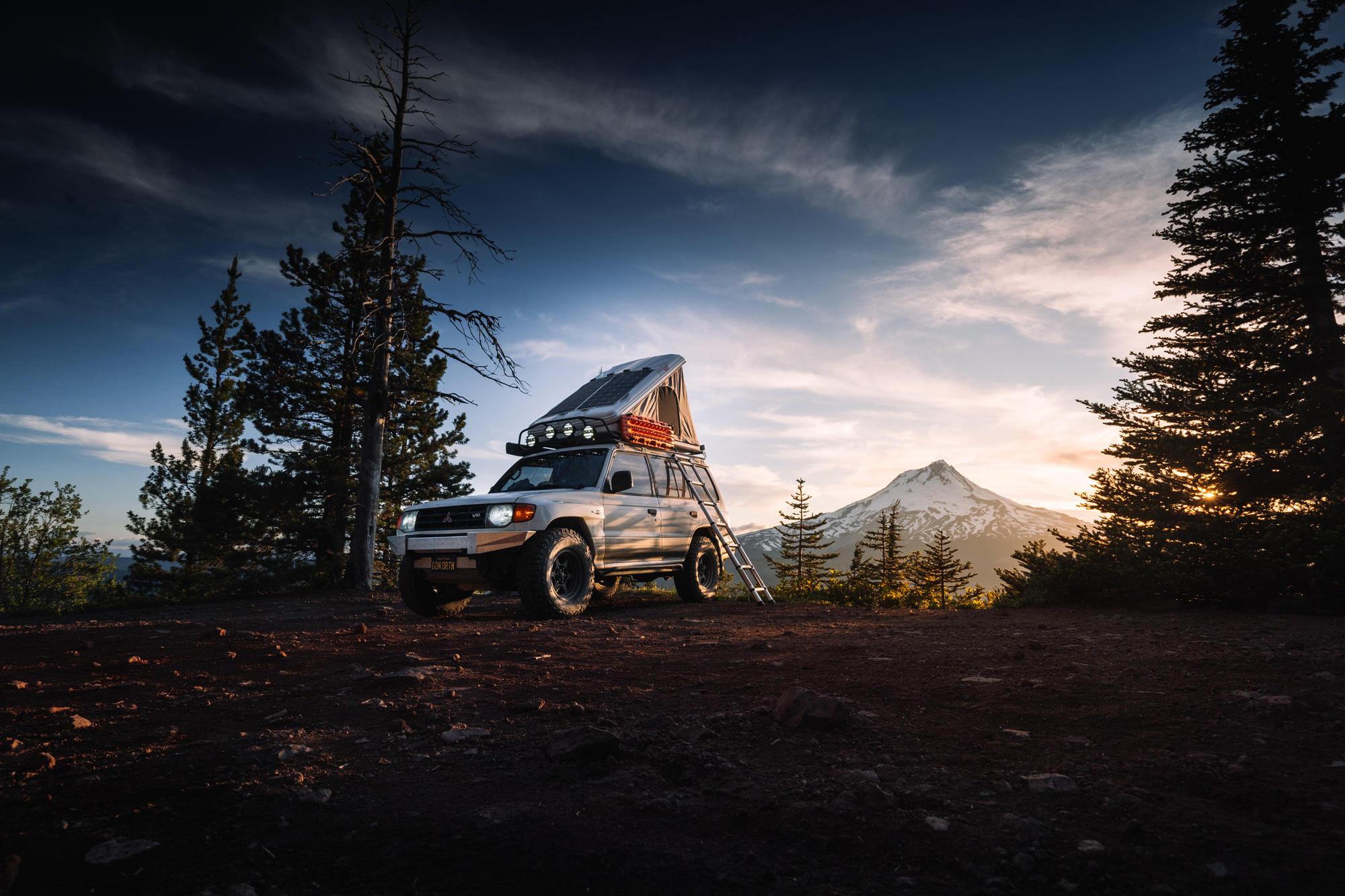
What We Don’t Like
The Sparrow Eye is the most affordable hardtop rooftop tent on the market, and its price reflects its few strange quirks. The designers of this tent clearly only wanted the unit to be entered from the big door in the rear. SUVs that have a stock spare tire on the trunk’s door won’t be able to place their ladder onto the intended ladder mounting area just below the rear door. And because of the intention for the rear door of the tent being the main access point, the side windows are a little too small to crawl in and out of. So if you’re a little taller than 5’7” and heavier than 190 pounds, it might be a bit difficult to enter in and out of the two side windows. Do note that the rear access is large enough to use as an entrance even if you were a social media guru, travel influencin’, monstrosity of a silverback gorilla.
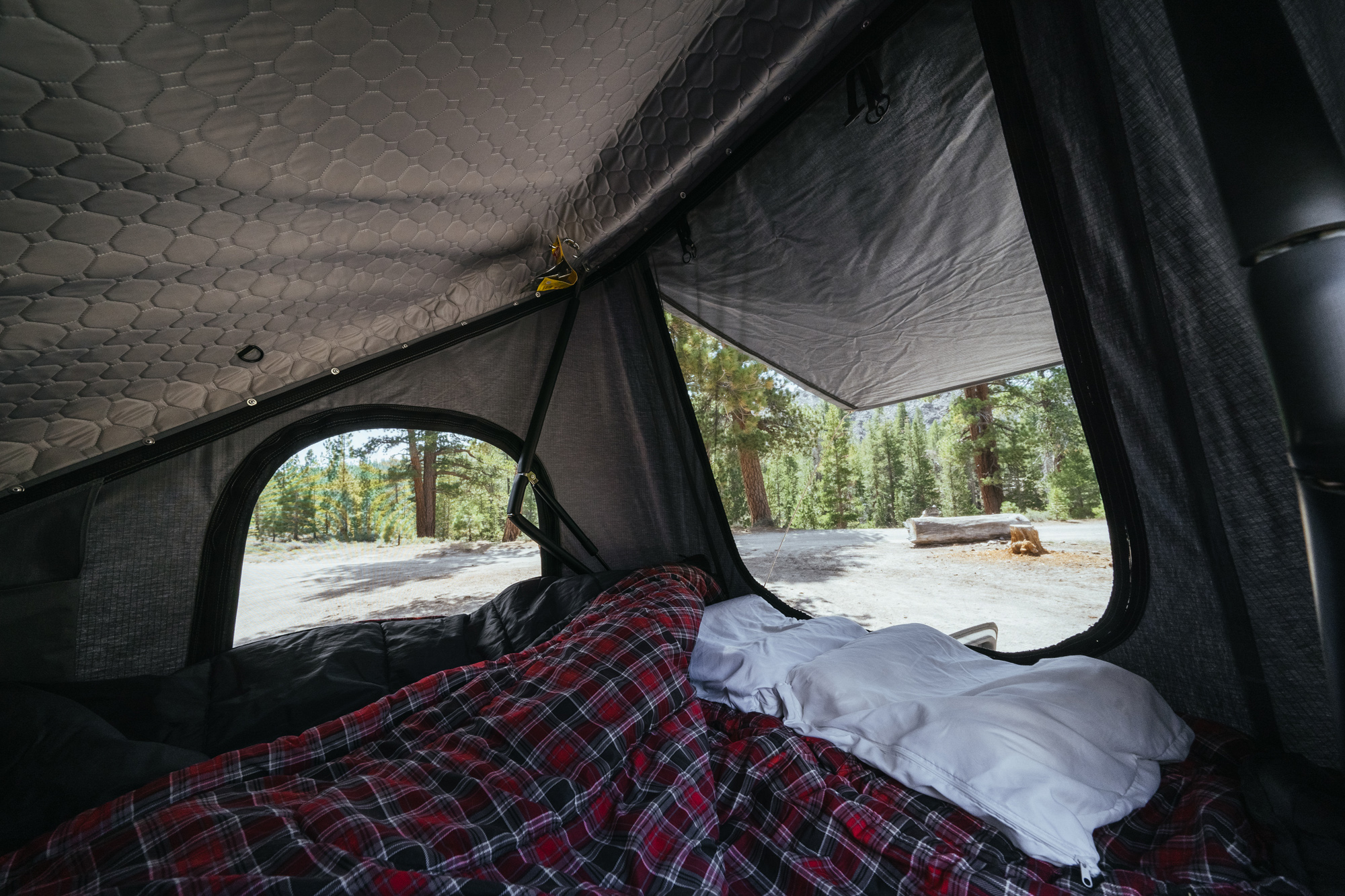
The UV protection on the Roofnest logos started to flake off after a few weeks in the sun. Not a deal-breaker, but it’s no fun to look up to see it happening to your newly purchased (though affordable) not cheap rooftop tent. Note that Roofnest’s customer service has been an absolute peach to deal with in getting a replacement.
The Sparrow Eye comes with a cargo net that’s mounted to the inside of the roof. I appreciate the thought put into this, but in reality, it doesn’t hold clothes or any small electronics too well. We ended up using this net inside our cab and tied it to the handles around the rear cab to keep lightweight things like hats, etcetera.
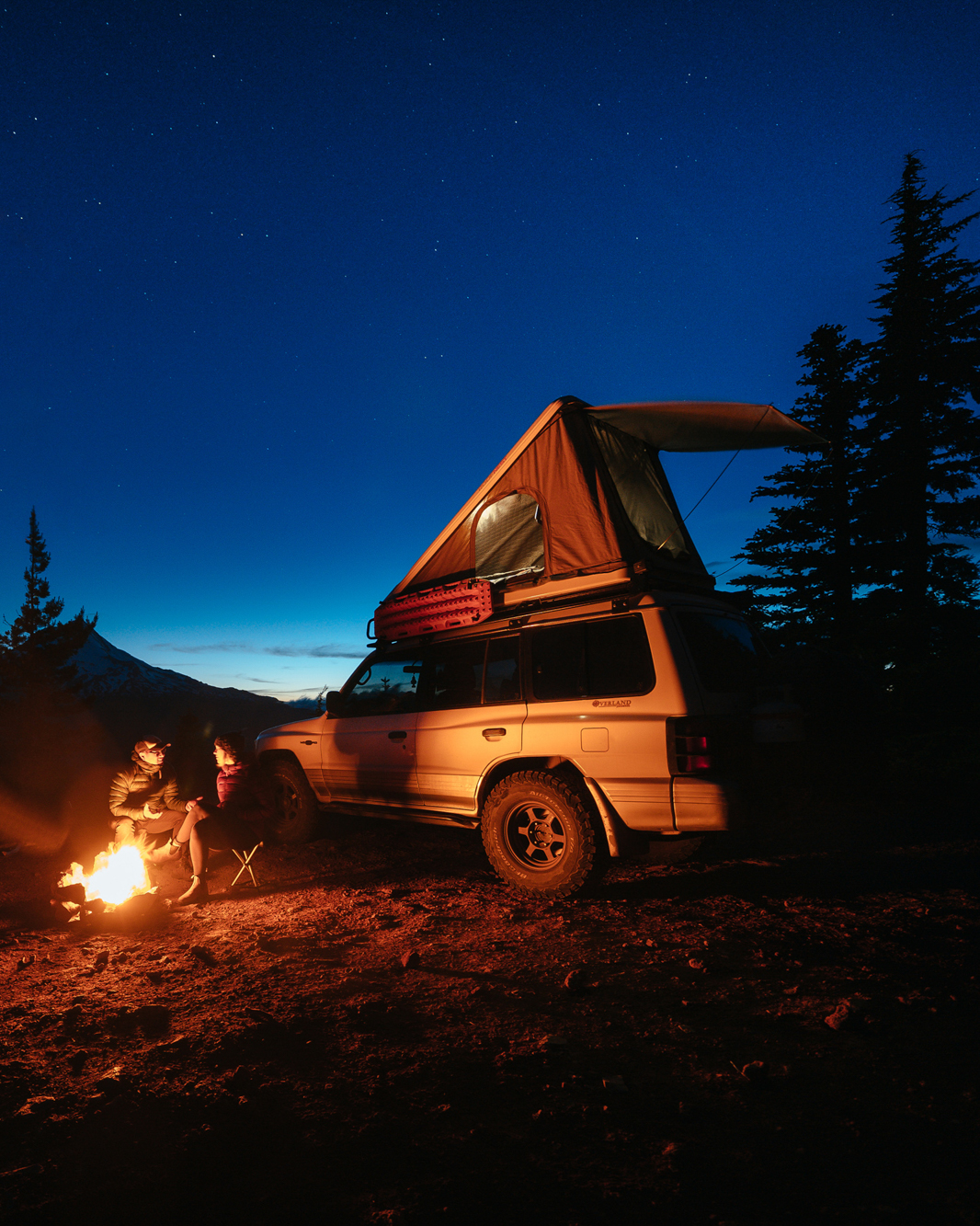
This is not a dislike by any measure, but rather a nitpick: the Sparrow Eye’s arms and struts are built inside the “cabin.” This does detract a few inches of precious shoulder space. With two adult-sized humans and two 15-pound dogs, space is at a high premium. I’d much rather prefer if there were a loss of feet space rather than shoulder space. Though, there’s still plenty of space for two large hairless apes and two medium-sized fur-covered canines.
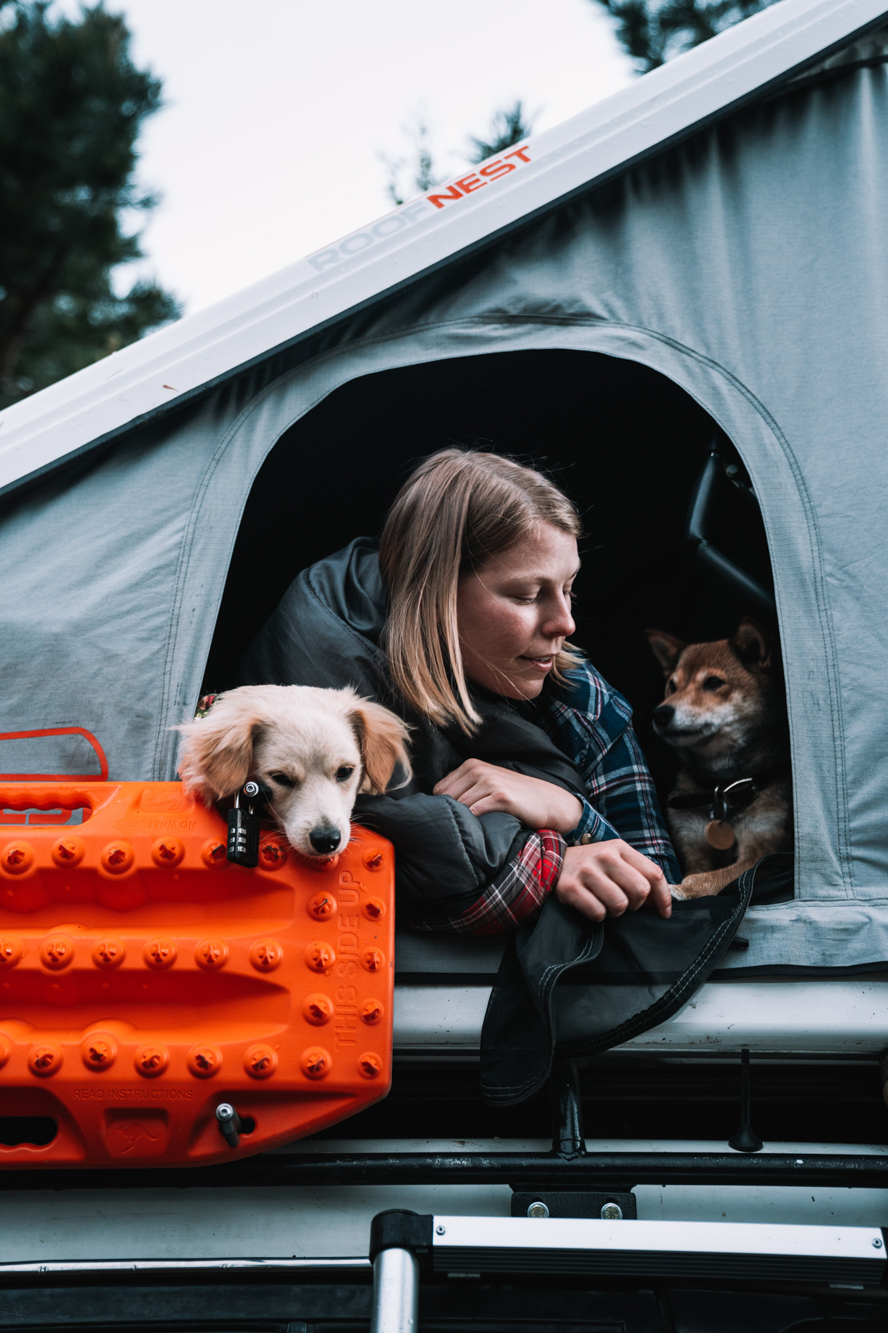
Final Thoughts
The Sparrow Eye is fairly barebones when compared to its competitors. You’re not getting a fancy-schmancy electronic one-button deploying. There are no built-in USB power plugs or spiffy interior LED lights (Roofnest did supply a USB rechargeable light that can hang from the coat hooks). On the flip side, it’s incredibly comfortable, straightforward to operate, simple to maintain, and most importantly, it’s pretty darn-tootin’ affordable.
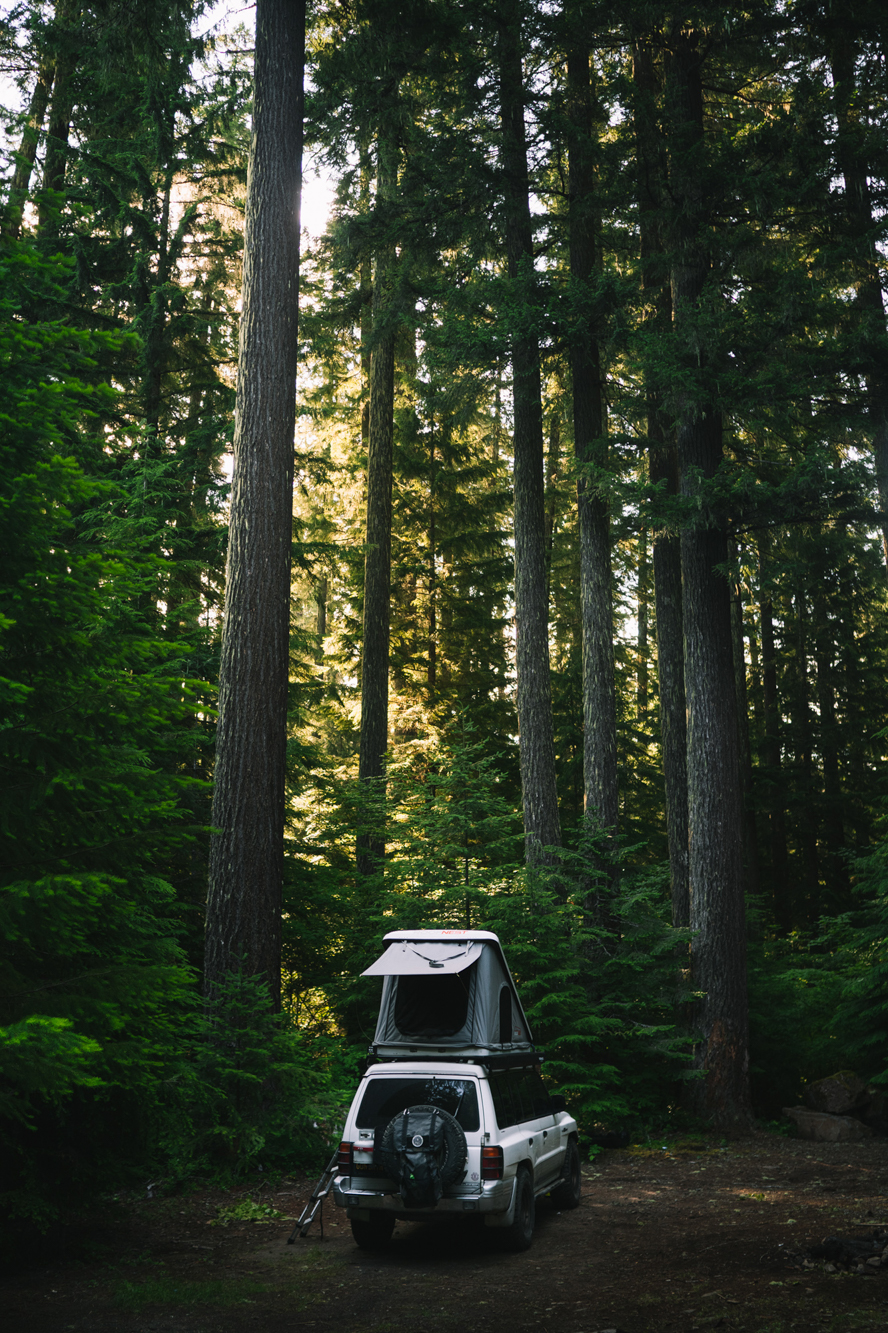
Karissa and I are like millions of other millennials not waiting to experience the world after we retire. We, as a whole, may or may not be responsible for the downfall of modern civilization, but we are attacking the world how we see fit. Many, like us, might not be able to afford to purchase a physical home. So many, like us, have chosen to make the road our home, be it part-time or full-time.
Remember, “Home is where you make it.” And we’re doing it through the ribbons of concrete, dirt, and gravel that we travel on.
To learn more about the Roofnest, check out their website here.
To follow Karissa & Linhbergh’s adventure, check out their Instagram here.
